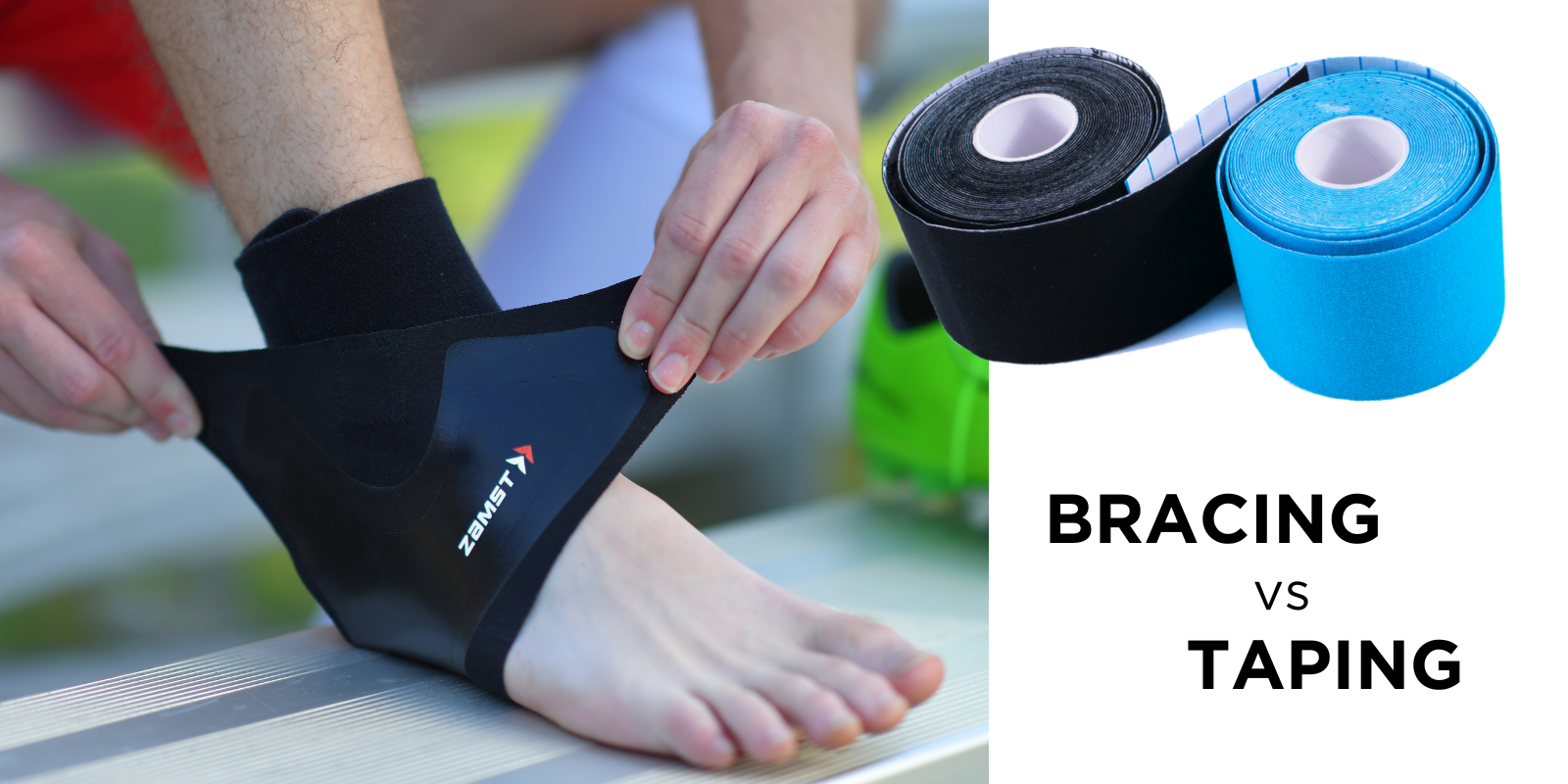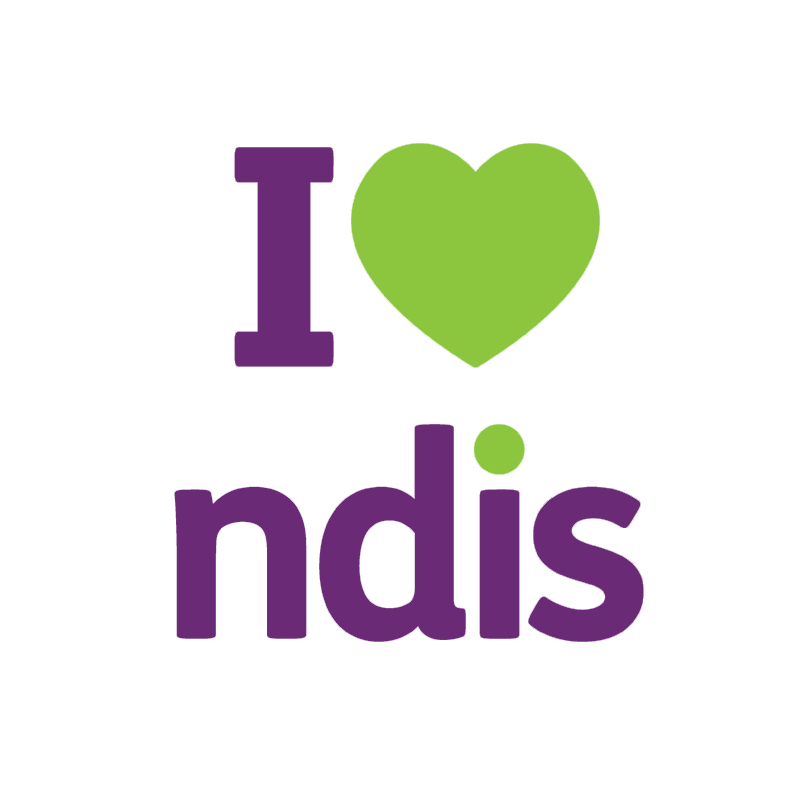What is the difference between bracing and taping?
Author: Dr. Evan Jeffries Date Posted:5 November 2024


Bracing vs. Taping: Understanding the Difference and Choosing the Right Support
In the world of sports, fitness, and injury prevention, two commonly used methods for providing support to joints and muscles are bracing and taping. While both techniques serve a similar purpose of enhancing stability and minimizing the risk of injury, they have distinct differences in their application, benefits, and drawbacks. Whether you're an athlete, a fitness enthusiast, or someone recovering from an injury, understanding the nuances of bracing and taping can help you make informed decisions about which method is best suited for your needs.
The Basics of Bracing
Bracing involves using external devices, known as braces or orthoses, to provide support to joints and muscles. Braces are typically made from materials such as neoprene, polyester, nylon, elastic fabric, plastic, or metal, and they are designed to stabilize a specific area of the body. Braces can come in many types of designs such as straps, shoelace ties, hinges all designed to protect the injured joint. Zamst braces offer braces based on support level (light, moderate or strong).

Benefits of Bracing
Stability: Braces are known for providing strong and consistent support to joints and muscles. They are designed to firmly stabilize and joint and can limit excessive movements that might lead to injury or aggravate an existing condition.
Customisation: Many braces are adjustable, allowing users to tailor the level of support based on their specific needs. This adaptability is particularly beneficial for individuals with varying degrees of injury severity.
Long-Term Support: Braces can be worn for extended periods, making them ideal for chronic conditions or post-injury rehabilitation. They offer reliable support during daily activities or sports performance.
Injury Prevention: Bracing can help prevent injuries by reducing stress on vulnerable areas. Athletes often use braces as a preventive measure to safeguard against common sports-related injuries.
Drawbacks of Bracing
Bulkiness: Some braces can be bulky and may restrict movement to a certain extent, affecting an individual's comfort and range of motion. For example, hinge knee braces for offensive lineman are made to restrict movement especially from side to side. This can limit the mobility of the player but on the other hand can reduce injury or severity of an injury.
Dependency: Long-term use of braces might lead to dependency, as the body may become reliant on external support, potentially weakening surrounding muscles.
Cost: High-quality braces can be expensive, especially if custom-made to fit an individual's specific measurements and needs.
The Basis of Taping

Taping, on the other hand, involves using adhesive tapes, such as athletic tape or kinesiology tape, to provide support and stabilization to muscles and joints. This technique involves applying tape directly to the skin in specific patterns to achieve desired effects. Athletic tape is typically used to restrict movement of a joint while kinesiology tape might be used to decrease pain, stimulate muscle activation and provide proprioception awareness of the joint in space.
Benefits of Taping
Flexibility: Taping allows for a wide range of motion while still providing support. This makes it particularly popular among athletes who require dynamic movements during their sports activities.
Localised Support: Taping can be applied precisely to target specific areas, adapting to the unique contours of an individual's body. This precise application is often favored for addressing acute injuries or strains.
Lymphatic and Circulatory Benefits: Kinesiology tape, in particular, is designed to lift the skin slightly, promoting improved lymphatic drainage and increased blood circulation to reduce swelling and enhance healing.
Drawbacks of taping
Application Skill: Proper taping requires skill and knowledge. Applying tape incorrectly can lead to limited effectiveness or even exacerbate the problem. In some cases, individuals might need assistance from an athletic trainer or physical therapis to ensure accurate application.
Limited lifespan: Taping is usually not meant for long-term use. Depending on factors like sweat, movement, and friction, tape may start to lose its adhesive properties and effectiveness over time.
Allergic Reactions: Some individuals may have allergies or skin sensitivities to the adhesive used in taping, leading to skin irritation or discomfort.
Bridging the gap
Zamst offers braces of all support levels and has a product on the market called Zamst Filmista Series which are similar to an ankle wrap offering the feel of tape but without hindering movement. The urethane film is positioned optimally based on taping methods to reduce the possibilities of ankle sprains.


Choosing the Right Method
When deciding between bracing and taping, several factors may come into play such as type and severity of injury, short term or long-term use, activity level, preference and comfort and consultation with a healthcare practitioner. In a 2012 study, they found that treatment of acute ankle sprain with semi-rigid brace leads to significantly higher patient comfort and satisfaction1. Often times it comes down to personal preference especially when it’s in the athletic world where players need to feel comfortable with movement.
Therefore, both bracing and taping offer valuable methods of support for joints and muscles, each with its own set of benefits and limitations. Understanding the nuances of these techniques empowers individuals to make informed choices that align with their unique circumstances. Whether it's the reliable stability of a brace or the adaptable support of taping, the ultimate goal remains the same: to enhance performance, prevent injury, and promote optimal recovery.
ABOUT THE AUTHOR
EVAN JEFFRIES is a physical therapist with a Doctorate in Physical Therapy (DPT) from the University of St. Augustine for Health Sciences. He is also the owner of Evolving Motion and has vast knowledge of the musculoskeletal system and has treated many orthopedic conditions by bringing a proactive approach to healthcare and lifestyle. Recently he has also been active on social media as an injury analyst mainly in related to injuries NBA players have sustained. Evan can be followed on his social media accounts.
Lardenoye S, Theunissen, Cleffken B, Brink P, Bie R, Poeze M. The effect of taping versus semi rigid-bracing on patient outcome and satisfaction in ankle sprains: a prospective, randomized controlled trial. BMC Musculoskelet Disord.
 FREE SHIPPING $150+ exc club/school/bulky orders
FREE SHIPPING $150+ exc club/school/bulky orders




























